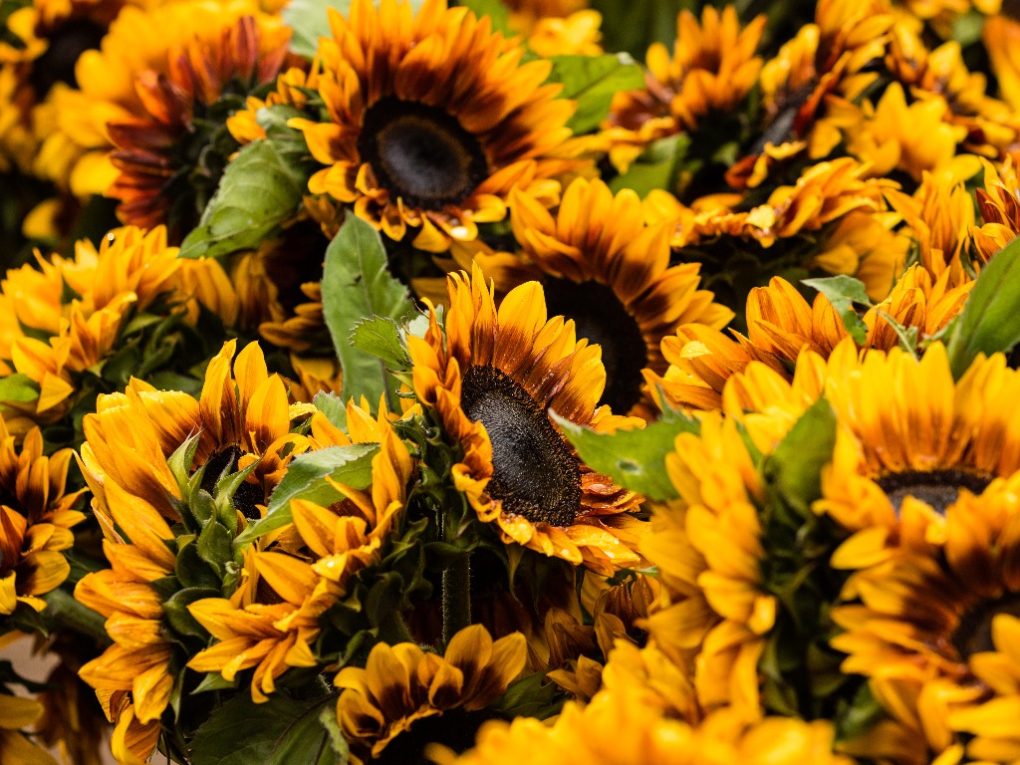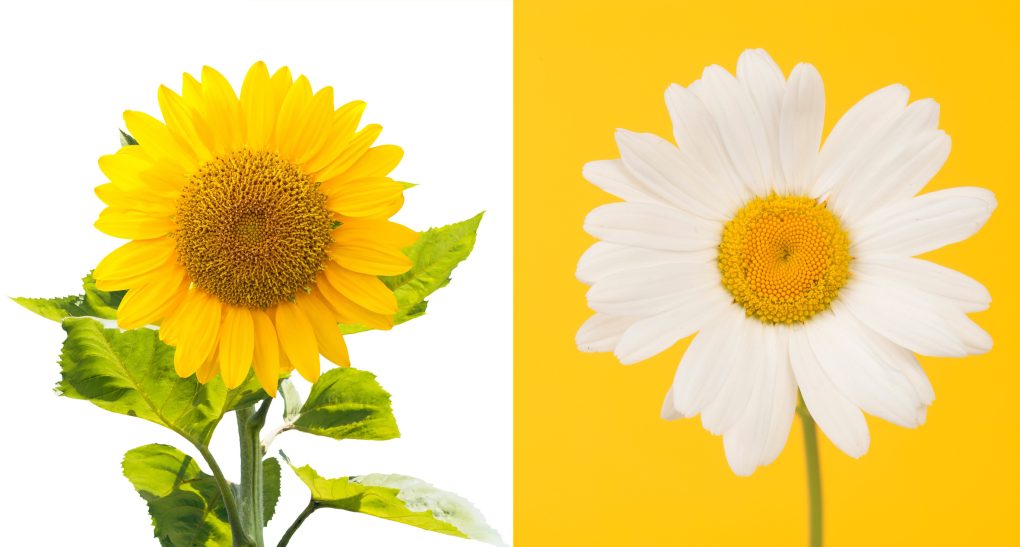Are Sunflowers Daisies: Similarities and Differences of Sunflower and Daisies
No, sunflowers are not daisies. Sunflowers and daisies are both members of the Asteraceae family; they belong to different genera. Sunflowers are scientifically known as Helianthus annuus, while daisies belong to the genus Bellis or Chrysanthemum. They are two popular flowers often compared to each other and are both members of the Asteraceae family, commonly known as the daisy family.

While sunflowers and daisies are related, they are not the same flower. Sunflowers are part of the Helianthus genus, which contains about 70 different species. On the other hand, Daisies are part of the Bellis genus, which contains about 20 species. Although they are members of the same family, they have distinct differences that set them apart.
Despite their differences, sunflowers and daisies share some similarities. They are bright, cheerful flowers popular in gardens and floral arrangements. They both have a long history of cultural and symbolic significance, but regarding their botanical classification, sunflowers, and daisies are two distinct types of flowers.
Table of Contents
Similarities Between Sunflowers and Daisies
Family
Sunflowers and daisies belong to the same family, Asteraceae (Compositae). According to Encyclopedia Britannica, this large and diverse family of flowering plants includes more than 23,000 species, making it one of the largest plant families.
The family is characterized by flower heads comprising many small flowers grouped to form a larger flower head. Other well-known members of the Asteraceae family include dandelions, asters, and chrysanthemums.
Flower Structure
Sunflowers and daisies have composite flowers, which cluster many small flowers in a specific pattern. For example, the flower head of a sunflower is called a “capitulum,” composed of numerous small flowers arranged in a circular pattern around a central disk.
The flowers around the edge of the capitulum are called the “ray flowers” and are usually yellow, orange, or red. The central disk is made up of many small flowers that are usually brown or yellow.
Daisies have a similar composite flower structure, with a central disk surrounded by a ring of petals. The central disk comprises many small, tubular flowers, often yellow or brown, while the petals are usually white, pink, or purple. Depending on the species, the flowers can range from small and dainty to large and showy.

Pollinators
Both sunflowers and daisies are popular with pollinators such as bees, butterflies, and other insects. This is because they produce abundant nectar and pollen, important food sources for these animals.
Sunflowers attract bees and butterflies, important pollinators for many crops. The large, flat flower heads of sunflowers make it easy for these insects to land and access the nectar and pollen. Sunflowers are also visited by some species of birds, which feed on the seeds.
Daisies are also attractive to pollinators such as bees, butterflies, and moths, which are important in pollinating plants and maintaining biodiversity. Many species of daisies produce large amounts of nectar, an important food source for bees and other insects. Some species of daisies also produce pollen, an important food source for butterflies and moths.
Differences Between Sunflowers and Daisies
Physical Characteristics
Sunflowers are much larger than daisies and have one large central flower head that can grow up to 12 inches in diameter. I’ve seen this on a farm nearby, and sunflowers are distinguishably bigger than daisies. They also have bright yellow petals surrounding a dark center disk containing the seeds.
On the other hand, Daisies have smaller flower heads with white or yellow petals and a yellow center disk. Some daisies, such as the oxeye daisy, have a white petal-like ray around the yellow center disk, giving them a distinctive appearance.
Habitat
Sunflowers are native to North America and commonly found in open fields, prairies, and roadsides. They prefer areas with full sun exposure and well-drained soil but can grow in poor soil conditions. Sunflowers are now widely cultivated worldwide and can be found in various habitats, including farms, gardens, and wildflower meadows.
Daisies are also native to North America and Europe and are commonly found in meadows, fields, and roadsides. They prefer well-drained soil with moderate moisture and can tolerate partial shade. Many species of daisies have been introduced to other parts of the world and are now grown in gardens and as ornamental plants.
Life Cycle
Sunflowers are annuals, which means they complete their entire life cycle in one growing season. The seeds are planted in the spring, growing throughout the summer, and producing their characteristic flower heads in late summer or early fall. Once the flowers have bloomed, the plant will produce seeds, which can be harvested for use or left on the plant as food for wildlife. The plant will then die back in the fall or winter.
Daisies can be either annuals or perennials, depending on the species. Annual daisies complete their life cycle in one growing season, similar to sunflowers. On the other hand, perennial daisies will continue to grow and bloom year after year as long as they are properly cared for. They will go dormant in the winter and return to life in the spring.
Growing Habits
Sunflowers are tall, erect plants that can grow up to 10 feet tall, with large leaves and a single, thick stem. They can grow in various soil types and conditions but prefer well-drained soil with plenty of organic matter. Sunflowers require a lot of suns and will grow best in areas with full sun exposure.

Daisies, on the other hand, are smaller and grow in clumps. They typically have multiple stems and grow to 1-3 feet. Daisies prefer well-drained soil with moderate moisture and will tolerate partial shade. Some daisy species, such as the Shasta daisy, have a bushier growth habit and can spread through rhizomes to form clumps.
